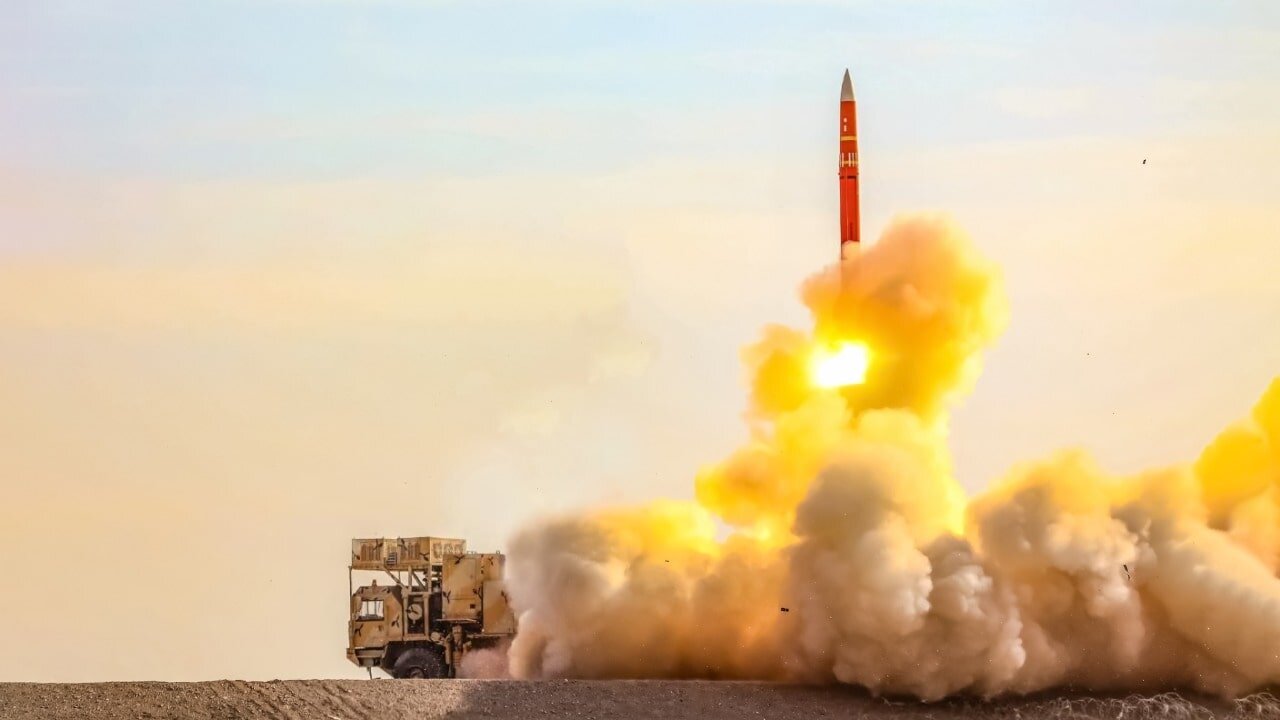Iran’s air defense matrix: Blending indigenous innovation and geography to forge a fortress

TEHRAN – In a display of technological sovereignty, Iran’s defense sector has achieved a milestone that underscores its transformation from a pre-revolutionary dependency to a military innovator.
Iran has redefined its security paradigm, with over 900 indigenous defense systems now operational, according to the Ministry of Defense, blending cutting-edge engineering, asymmetric tactics, and geographic ingenuity to counter existential threats.
Before the 1979 Islamic Revolution, Iran’s military relied on just 31 defense systems, largely rudimentary and imported from Western allies.
On Sunday, Rear Admiral Reza Talai-Nik, spokesperson for the Ministry of Defense, asserted that the nation produces a staggering array of 900+ defensive systems –from ballistic missiles to unmanned aerial vehicles (UAVs) – all engineered domestically.
This reflects “the genius of our youth in universities and knowledge-based companies,” he emphasized, who have turned sanctions into a catalyst for self-reliance.
The multi-layered shield
Iran’s air defense capabilities tell a story of innovation, resilience, and national pride—a layered network built to intercept threats from low-flying drones to high-altitude aircraft.
This multi-tiered approach, underpinned by advanced technology and homegrown ingenuity, ensures that every aspect of Iran’s airspace remains robustly protected.
I. The long-range segment of this robust defense system is a testament to domestic ingenuity and a strategic counterbalance in the region.
The Bavar-373, a proudly homegrown counterpart to the Russian S-300, boasts a formidable range of nearly 300 kilometers with an integrated radar system that vigilantly monitors the skies.
In parallel, an upgraded version of the Russian S-300PMU2 further refines this capability by skillfully tracking even stealth aircraft.
Adding to this impressive array is the Arman system, a recent indigenous breakthrough unveiled in 2023 and specifically designed to counter ballistic missile threats, thereby solidifying Iran’s long-range defensive posture.
II. In the medium-range arena, Iran’s tactical mobility and adaptive strategy are on full display. Mobile launchers equipped with Sayyad-3 missiles, exemplified by the Khordad-15 system, are engineered to effectively confront modern aerial threats from drones to fighter jets.
Building on this, the Raad-2 system offers an evolution from its Soviet-era 2K12 Kub predecessor, reconfigured to meet the demands of engaging contemporary cruise missiles with precision and agility.
Complementing these efforts is the Mersad system—a sophisticated reimagining of the U.S. MIM-23 Hawk, rebranded as Tawakalna-1, which benefits from enhanced guidance systems that underscore Iran’s commitment to overcoming external challenges with homegrown solutions.
III. Closer to home, the short-range and point defense sector reflects a layered approach that ensures protection against immediate threats.
The Herz-9 system, adapted from the Russian Tor-M1, specializes in low-altitude interceptions, neutralizing swiftly moving targets with expert precision.
In situations that demand rapid, sustained responses, the Ya Zahra-3 stands ready to counter saturation attacks with its rapid-fire capabilities, while the Azarakhsh system offers the high precision of laser-guided missiles to defend critical nuclear installations—each innovation reinforcing a network of vigilant, ground-based protection.
IV. The country’s commitment to a comprehensive defense strategy is further evident in its deployment of highly versatile man-portable systems.
The Misagh-3, a heat-seeking missile system used by IRGC units, effectively safeguards mobile missile launchers, ensuring that the frontline of defense remains empowered and agile.
Meanwhile, the Soheil system provides infantry with a lightweight, fire-and-forget solution, underscoring the nation’s holistic approach to equipping its forces with cutting-edge technology that can respond rapidly to emerging threats.
V. Enhancing the overall shield are the sophisticated air defense artillery systems. A modernized version of the classic ZSU-23-4 Shilka outfitted with advanced thermal optics, guarantees operational effectiveness even under the cloak of night.
Equally impressive is the locally tailored Samavat, an adaptation of Swiss Oerlikon guns, that stands as a bulwark near critical infrastructure.
Collectively, these systems fortify Iran's sovereignty—ensuring that every facet of its air defense network is as dynamic and formidable as the challenges it faces.
Furthermore, Iran’s Zagros and Alborz mountains serve as natural fortresses, enabling Iran to hide mobile launchers and radars, turning geography into a force multiplier.
The country’s mountains have been described as “natural fortresses,” where mobile air defense units can disappear into terrain, while short-range systems guard high-value sites.
Electromagnetic Gambit
Additionally, the country has significantly advanced its electronic warfare (EW) capabilities, positioning itself as a regional leader in asymmetric technological confrontation.
Central to its strategy is the deployment of ground-based systems like the domestically developed Fajr and Nasr, which are designed to jam GPS signals, disrupt communication links, and interfere with enemy radar systems.
Recent drills have showcased Iran’s integration of EW systems across military branches, testing radar deception, radio communication disruption, and coordinated attacks using micro aerial vehicles (MAVs).
Operational resilience: lessons from conflict
During the Israeli regime’s October 2024 attack on Iran, Iran’s air defense reportedly intercepted 70-90% of incoming missiles and UAVs.
Analysts credit this success to Iran’s mobile air defense systems, which are strategically deployed in mountainous terrain to evade detection—unlike vulnerable fixed radars, these units operate like elusive ghosts.
While Tel Aviv farcically boasted of “crippling” Iran’s defense infrastructure, Tehran dismissed these claims as psychological warfare, citing its decentralized, terrain-advantaged posture.
Since the attack, there have been multiple air defense drills, some introducing new systems, with top military figures Major General Mohammad Bagheri, Chief of Staff of Iran’s Armed Forces, and IRGC Chief Major General Hossein Salami making comments on the lessons learned and the strategic improvements Iran has implemented, drawing from past experiences and technological advancements.
Leave a Comment